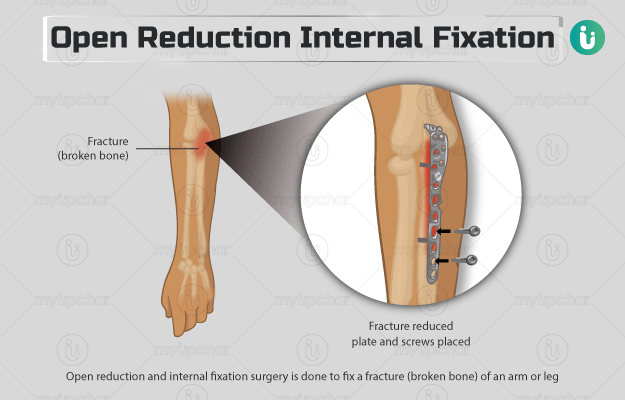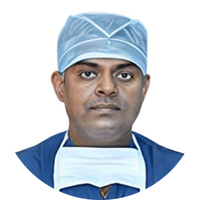Summary
Open reduction and internal fixation refer to the fixation of a broken bone in an arm or leg. This procedure can be performed in two parts or it may be done together. During the procedure, the surgeon first makes an incision to access the affected bones and align them to their positions (open reduction). This is followed by securing the bone with hardware such as plates, screws, nails or rods (internal fixation). This surgical procedure is generally performed if the fracture is severe or the bone fragments are scattered. In case of an accident, the surgeon may choose to perform this surgery immediately. If surgery is not immediately done, then you will need to fast until after the surgery. The affected limb is supported in a sling during (or sometimes after) the surgery. The surgeon may choose to conduct this procedure under the effect of general anaesthesia. You may also receive spinal anaesthesia to block the pain.
After the surgery, you must avoid moving your arm or leg for a few days. Your recovery will include physical therapy, restrictions on certain activities, proper care of the wound, and management of pain and swelling.










































